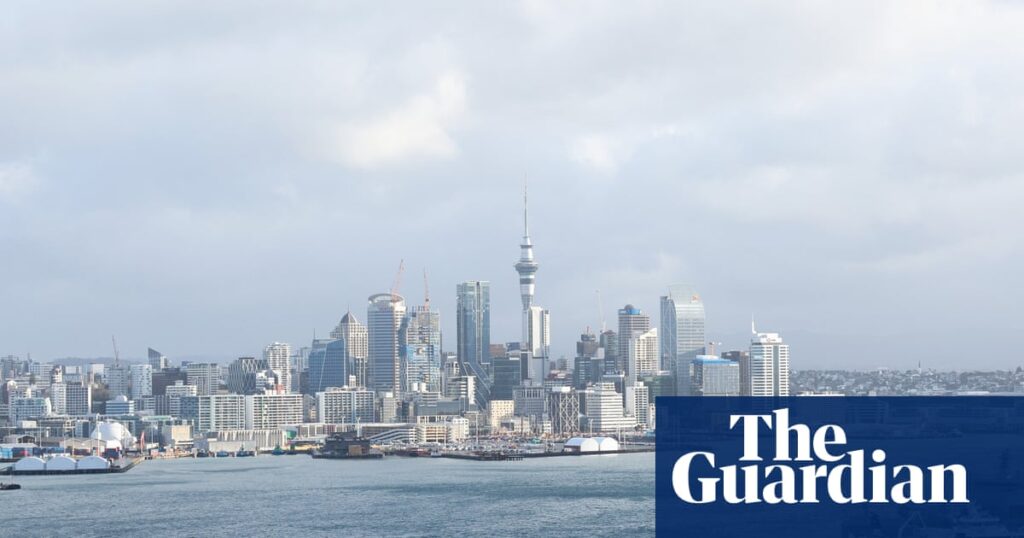
New Zealand is set to ease residency restrictions for migrant workers in a strategic bid to bolster its workforce and economy. The announcement, made by the Minister for Economic Growth, Nicola Willis, on Tuesday, introduces two new residency pathways aimed at attracting skilled and experienced migrants to fill critical gaps in the labor market.
The move comes as New Zealand faces a significant challenge: a record number of citizens are leaving the country, coupled with a shrinking GDP. In response, the government is seeking to attract foreign talent to sustain economic growth and address workforce shortages.
New Residency Pathways Unveiled
The new residency pathways, set to be implemented from mid-2026, are designed to cater to different segments of the workforce. One pathway targets migrants in skilled roles who meet specific experience and salary thresholds, while the other is tailored for those in trades and technical roles, focusing on qualifications, work experience, and wage criteria.
Immigration Minister Erica Stanford emphasized the importance of the skilled work experience pathway, noting that it aims to help employers retain experienced workers who are already contributing significantly to New Zealand’s economy. The trades and technicians pathway, she added, acknowledges the value of practical skills in industries where non-university qualifications are both used and respected.
Record Emigration and Economic Concerns
New Zealand is experiencing unprecedented levels of emigration. Between July 2024 and 2025, 73,400 New Zealanders left the country, while only 25,800 returned, according to Stats NZ. This exodus is partly driven by opportunities abroad, particularly in neighboring Australia.
In response to these challenges, the government has also relaxed visitor visa rules to attract “digital nomads”—individuals who work remotely while traveling. This initiative, launched in January, extends to influencers paid by overseas companies. Additionally, in February, the government eased requirements for the Active Investor Plus visa, commonly known as the “golden visa,” which grants residency to wealthy foreigners.
Reactions and Political Tensions
The business community has largely welcomed the new residency pathways. Business New Zealand praised the changes, highlighting their potential to help employers retain skilled workers. Infrastructure NZ, however, called for a more urgent implementation of the pathways, reflecting the immediate need for workforce support.
Meanwhile, political tensions have surfaced within the government coalition. New Zealand First, a minor coalition partner, invoked the “agree to disagree” clause, criticizing the proposal as “unfocused.” Winston Peters, the party’s leader and Minister of Foreign Affairs, expressed concerns that New Zealand is being used as a stepping stone to Australia. He pointed out that of the New Zealand citizens who migrated to Australia in 2024, 35% were born outside New Zealand.
“We need a smart immigration system that focuses on the needs of employers in New Zealand, industry, and kiwi workers—not policies that will lead to more immigration with no plan for our next generation,” Peters stated.
Looking Ahead: Implications and Next Steps
The introduction of these new residency pathways represents a significant shift in New Zealand’s immigration policy, aiming to address immediate labor shortages while also considering long-term economic sustainability. As the country grapples with the dual challenges of emigration and economic stagnation, the success of these initiatives will likely depend on their ability to attract and retain the right talent.
As New Zealand navigates these changes, the government will need to balance the immediate needs of the economy with the broader implications of increased immigration. Monitoring the impact of these policies will be crucial in ensuring they meet the intended goals of economic growth and workforce stability.
With these developments, New Zealand stands at a crossroads, seeking to redefine its immigration strategy in a way that supports both its citizens and the broader global community of skilled workers.






